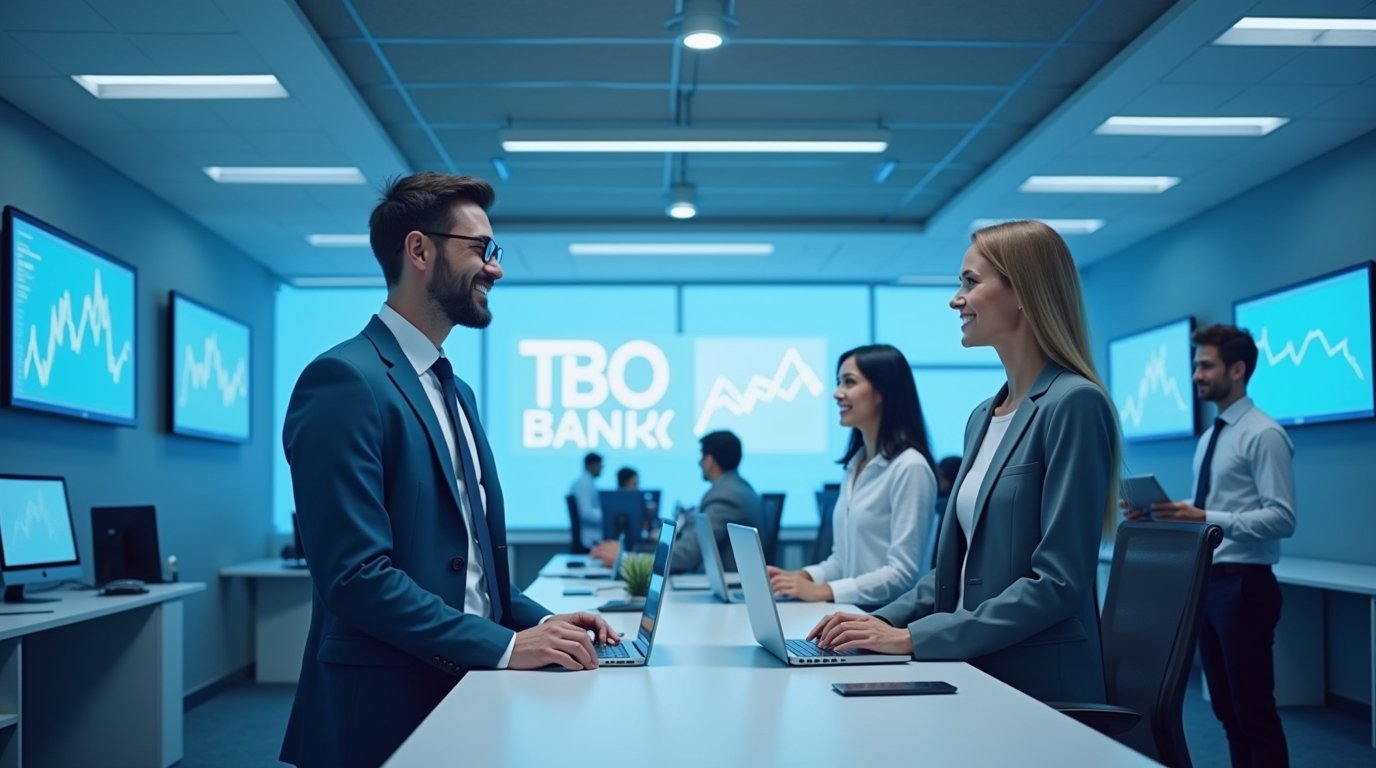
Understanding Website Ranking
Website ranking refers to the position a particular website holds in search engine results pages (SERPs) when users input relevant search queries. This ranking is crucial as it directly affects a site’s online visibility; higher-ranked websites receive more traffic, which can lead to increased conversions and business opportunities. Therefore, understanding how ranking works is essential for website owners aiming to enhance their visibility and reach their target audience effectively.
Search engines, such as Google, utilize complex algorithms to evaluate and rank websites. These algorithms consider various factors, including content quality, relevance to search queries, user experience, and the overall authority of the website. One fundamental aspect impacting rankings is keyword optimization. Websites must align their content with the search terms potential visitors are using, ensuring that both the information provided and the keywords reflect user intent.
Another significant factor influencing website ranking is backlinks. In essence, backlinks serve as endorsements from other sites, indicating credibility and relevance. Search engines track these links to assess the authority and trustworthiness of a website. The quality of backlinks is more important than quantity; links from reputable sources positively contribute to a website’s ranking. Moreover, user engagement metrics—like click-through rates, bounce rates, and average session duration—also play a critical role, as they reflect how users interact with the content. A positive user experience signals search engines that the site is valuable and worth promoting.
In summary, understanding website ranking and the various factors that affect it is crucial for developing effective strategies to improve online visibility. A successful website must focus on quality content, relevant keywords, and build a robust backlink profile while ensuring an engaging user experience.
Common Reasons for Low Rankings
Several factors can contribute to a website’s low rankings on search engine results pages. Understanding these common pitfalls is essential for any webmaster or business owner looking to improve their online visibility. One primary issue is the lack of quality content. Search engines prioritize websites that offer valuable, relevant, and engaging content. If your site lacks depth and fails to meet users’ needs, it may not perform well in rankings. Regularly updating content and ensuring it aligns with user intent can enhance your site’s position.
Another significant reason for poor rankings is the implementation of ineffective SEO practices. Search engine optimization is a multifaceted process that requires attention to detail. This includes optimizing title tags, meta descriptions, and header tags, as well as ensuring that keywords are appropriately integrated within the text. Neglecting these aspects can lead to suboptimal visibility in search results. Furthermore, poor internal linking can hinder search engine crawlers from effectively navigating your website.
Website loading speed is also crucial in determining rankings. A slow-loading site can lead to higher bounce rates, as users are less likely to wait for a page to load. Utilizing tools to analyze and improve loading times is imperative in today’s fast-paced digital landscape. Along with speed, a non-mobile-friendly design can further impede a site’s search performance. As mobile searches continue to rise, having a responsive design that offers a seamless experience across devices is necessary for maintaining competitiveness.
Lastly, insufficient backlinks can limit a site’s credibility and authority in the eyes of search engines. Quality backlinks from reputable sites signal trustworthiness, which can positively influence rankings. Engaging in effective link-building strategies, such as guest blogging or collaborations, can enhance your site’s backlink profile. Identifying and addressing these issues can significantly improve your website’s search engine rankings.
The Role of SEO in Ranking

Search Engine Optimization (SEO) plays a crucial role in determining the visibility and ranking of a website on search engine results pages (SERPs). SEO encompasses various strategies and practices intended to improve a site’s online presence, ultimately leading to higher traffic and potential conversions. The effectiveness of these strategies relies on two main categories: on-page and off-page SEO.
On-page SEO refers to the practices implemented directly within the website’s content and structure. This includes the optimization of keyword usage—including primary keywords and their semantic variations—throughout the site’s pages. Keywords should be integrated naturally into headings, paragraphs, and lists to enhance readability while ensuring relevance for search engines. Additionally, the use of compelling meta tags, including title tags and meta descriptions, provides summarization of page content and can improve click-through rates.
Another essential element of on-page SEO is the incorporation of alt text for images. Alt text improves accessibility for users with visual impairments and serves the additional purpose of providing search engines with contextual information about the images. This practice can positively contribute to a website’s overall SEO score.
Off-page SEO, on the other hand, involves strategies that occur outside of the website itself. This includes link-building efforts where acquiring backlinks from reputable sites can significantly enhance a website’s authority and credibility. Moreover, social media engagement and content marketing efforts can drive traffic and create buzz around services or products offered, resulting in higher search engine rankings.
Lastly, the quality of content should not be overlooked. High-quality, relevant, and original content engages visitors and encourages them to share, thereby increasing organic traffic. Therefore, focusing on these core areas of SEO can effectively elevate a website’s ranking, ultimately contributing to its success in the digital landscape.
Technical Issues that Impact Ranking
Technical issues are often the unsung villains behind poor website rankings. These factors, while potentially less visible to users, can significantly impact a site’s performance in search engine results. Among the most common technical issues are broken links, improper redirects, ineffective site architecture, and lack of mobile responsiveness. Addressing these issues is crucial for enhancing a website’s visibility and overall functionality.
First and foremost, broken links are detrimental to both user experience and SEO ranking. When a user clicks on a broken link and encounters a 404 error, they may choose to leave the site immediately. For search engines, broken links create a negative perception of site quality. To identify broken links, site owners can utilize various tools such as Google Search Console or third-party link checkers. Once identified, it is essential to either fix these links by directing them to a relevant page or remove them entirely.
Improper redirects, such as 301 and 302 redirects, can also create confusion for both search engines and visitors. A 301 redirect indicates that a page has permanently moved to a new location, while a 302 redirect signals a temporary move. Confusing the two can lead to an inefficient crawl process and could impact how search engines assess site authority. Ensuring that redirects are correctly implemented helps in maintaining site integrity and facilitates a smooth user journey.
Site architecture is equally important; a well-structured website enhances navigation and usability. A logical hierarchy, with pages organized in a manner that underscores their relevance, allows search engines to index the content more efficiently. Lastly, mobile responsiveness cannot be overlooked in today’s digital landscape. With more users accessing websites via mobile devices, a non-responsive site can deter significant traffic. Utilizing responsive design frameworks ensures that content displays correctly across devices, thereby enhancing user experience and improving rankings.
By recognizing and resolving these technical issues, webmasters can facilitate a more robust online presence and improve search engine performance. A proactive approach to technical SEO fosters better user engagement, ultimately leading to higher rankings and enhanced visibility in search results.
Content Quality and Relevance

In the realm of search engine optimization (SEO), the relationship between content quality and website ranking is pivotal. High-quality content is defined by its ability to provide valuable, informative, and engaging material that directly addresses the interests and questions of users. When search engines evaluate web pages, they prioritize content that is not only well-written but also relevant to user queries. This relevancy increases the likelihood of higher rankings, driving more organic traffic to your website.
To enhance content quality, it is essential to begin with thorough research. Understanding the target audience and their search intent is crucial for creating content that resonates with users. Utilizing tools such as keyword research and audience analysis can provide insights into popular topics and questions that your potential visitors look for. Once this information is gathered, it can inform the development of articles, blog posts, or any other type of online material that meets or exceeds user expectations.
Moreover, user engagement is a key component of content relevance. Engaging content not only keeps the audience’s attention but also encourages sharing and interaction, which can positively affect search engine rankings. To create engaging material, writers should employ a variety of formats, such as visuals, infographics, and interactive elements, alongside traditional text. This diversity helps cater to different preferences, making the content more accessible and appealing.
In conclusion, focusing on high-quality, relevant content is imperative for improving your website’s ranking in search engine results. By understanding your audience’s needs and crafting engaging material that addresses those needs effectively, you enhance the chances of achieving better visibility and attracting more visitors. Quality content that aligns with user interests ultimately builds credibility, fostering trust and loyalty over time.
The Impact of Website Speed
Website speed is a critical factor in both user experience and search engine rankings. According to various studies, a mere one-second delay in page load time can lead to a significant reduction in user satisfaction, causing potential customers to abandon the site. For instance, Google found that 53% of mobile users will leave a page if it takes longer than three seconds to load. This statistic underscores the importance of not only attracting users but retaining them through an efficient website experience.
The correlation between website speed and SEO cannot be overstated. Search engines like Google prioritize fast-loading websites in their ranking algorithms. On July 9, 2018, Google officially included page speed as a ranking factor for mobile searches. As a result, sites with slow loading times may find themselves falling behind their competitors in search results. Tools such as Google PageSpeed Insights and GTmetrix can be used to measure a website’s loading speed and provide insights into what might be slowing it down.
To enhance website speed, several optimization techniques can be employed. One effective method is image compression, which reduces the file size of images without sacrificing quality. Additionally, minimizing HTTP requests by combining files (such as CSS and JavaScript) can streamline the loading process. Another crucial factor is reducing server response times, which can be achieved through efficient server configuration and selecting a reputable hosting provider. Implementing a content delivery network (CDN) can also distribute the load and improve speed for users around the globe.
By prioritizing website speed, businesses can improve their user experience, reduce bounce rates, and enhance their overall search engine rankings, ultimately leading to increased traffic and potential conversions.
Backlinks and Their Importance
Backlinks, simply put, are links from one website to another. They are pivotal in determining a website’s authority and relevance in the eyes of search engines, thereby influencing its ranking position. The more quality backlinks a website garners, the more credible it appears to search engines like Google. This credibility is critical since search engines use backlinks to assess the trustworthiness and quality of a website’s content.
Acquiring quality backlinks is vital for enhancing your website’s visibility. High-quality backlinks come from authoritative and relevant sites within your niche, providing a vote of confidence to search engines. Conversely, low-quality backlinks, often from spammy or unrelated websites, can harm your site’s reputation and lead to penalties. Thus, the pursuit of quality over quantity is essential when building backlinks.
Building effective backlinks requires a strategic approach. Some recommended methods include producing high-quality, shareable content that naturally attracts links, engaging in guest blogging on reputable sites, and developing relationships with influencers or industry leaders who might link back to your content. Additionally, utilizing social media platforms can help promote your content, potentially driving traffic and garnering organic backlinks.
Moreover, it is crucial to monitor and evaluate the backlinks your site receives. Tools like Google Search Console or various SEO tools can help identify which backlinks are valuable and which might be damaging. Disavowing harmful backlinks can safeguard your site from potential penalties. Implementing best practices for a successful backlink strategy will not only improve your website’s ranking but also establish its authority within your industry.
Using Analytics to Track Progress
In the realm of digital marketing, leveraging analytics tools is vital for monitoring website performance and understanding the factors influencing your site’s ranking in search engine results. By employing platforms such as Google Analytics, SEMrush, or Ahrefs, website owners can gain valuable insights into user behavior, traffic sources, and overall site effectiveness. Each platform varies in its features, but they all share the common goal of providing data that can guide strategic SEO decisions.
One of the key metrics to monitor is organic traffic, which represents the visitors arriving at your site through unpaid search results. Analyzing trends in organic traffic can help you gauge the effectiveness of your content and keywords. Additionally, metrics such as bounce rate, session duration, and pages per session provide insights into user engagement, indicating how well visitors interact with your content. A higher bounce rate may signal that users are not finding relevant information, prompting the need for content optimization.
Furthermore, tracking keyword rankings over time allows you to identify which keywords drive traffic and should be prioritized. By observing fluctuations in these rankings, you can adjust your SEO strategies accordingly. For instance, if certain keywords are declining in search results, it may be beneficial to enhance the content surrounding those terms or to explore new, relevant keywords.
Utilizing analytics not only aids in understanding what is currently working but also highlights areas for improvement. By making data-driven decisions based on your analytics insights, you can refine your SEO approach, enhancing your site’s visibility and, ultimately, its ranking in search engine results. Regularly reviewing and interpreting your website’s analytics is essential for ongoing success in the digital landscape.
Conclusion and Action Plan

In reviewing the factors that influence website ranking, it becomes evident that a multi-faceted approach is necessary to improve visibility in search engine results. Issues such as poor site structure, lack of quality content, and inadequate backlinking often impede a website’s ability to rank effectively. By addressing these common challenges, website owners can create a more favorable environment for their sites within search engine algorithms.
To assist you in effectively tackling the issues hindering your website’s ranking, we present a structured action plan. This plan comprises essential steps that can be implemented immediately, catering to users of all technical backgrounds:
- Conduct a Website Audit: Utilize tools like Google Analytics and SEMrush to analyze traffic, bounce rates, and other key metrics for identifying problem areas.
- Optimize Website Structure: Ensure your site is user-friendly, with clearly defined categories and a logical flow of information, making it easily navigable for visitors and search engines alike.
- Create Quality Content: Develop and publish high-quality, relevant content that meets the needs of your target audience. Aim for articles, blogs, or resources that contain targeted keywords naturally integrated throughout.
- Enhance On-Page SEO: Focus on optimizing titles, meta descriptions, header tags, and images to ensure they are alignment with SEO best practices.
- Build Backlinks: Establish a strategy for gaining high-quality backlinks to increase your site’s authority. Consider guest blogging, partnerships, or local sponsorships.
- Monitor and Adjust: Regularly track your progress using analytics tools, making adjustments to your strategy based on what the data shows resonates best with your audience.
By following these actionable steps, you can systematically address the obstacles that prevent your website from achieving higher rankings, setting the stage for sustained growth and increased visibility in the digital landscape.







